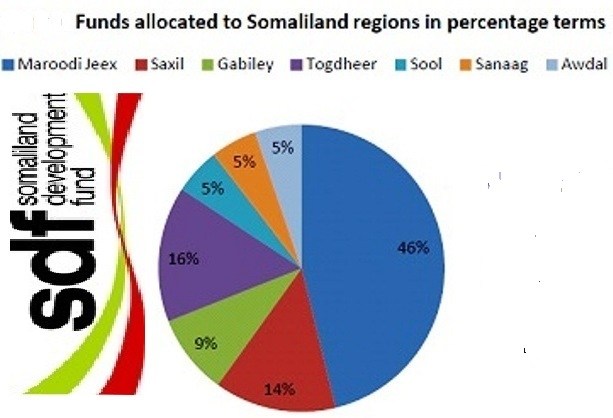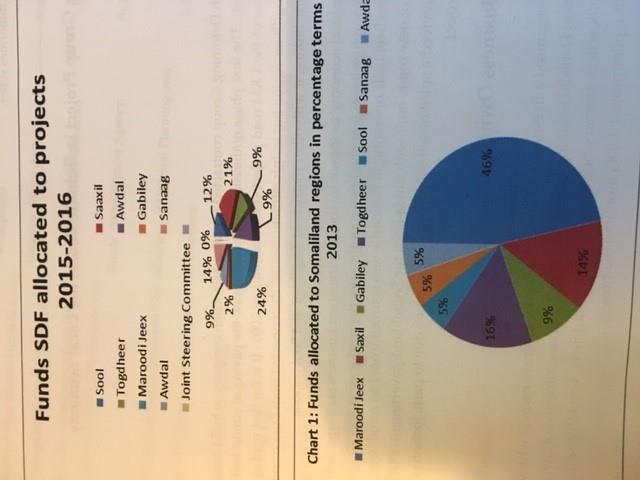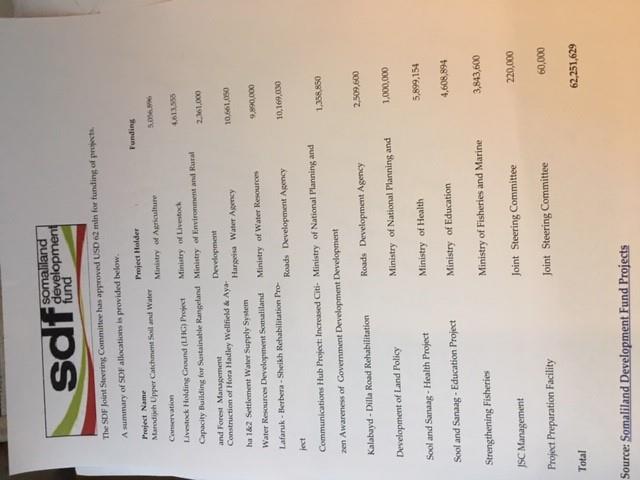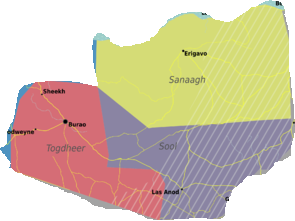
At a time His Excellency the President of the Republic of Somaliland is touring the eastern regions of Somaliland, the Minister of Planning and Development, Awale Ibrahim Shirwa’, revealed that only 24 percent of the Somaliland Development Fund goes to the eastern regions.
The timing could not have been any worse.
The three regions of Sanaag, Sool and Togdheer, covering not less than two-thirds of the land mass of Somaliland, are rich in livestock, fisheries, minerals, and agriculture which largely still remain untapped and not fully harnessed.
Talking to an audience organized by the Ministry of Information’s newly formed department of Intra-government Communications, Minister Shirwa’, stated that his ministry allocated a little less than a quarter of funds earmarked for developmental projects to the ‘eastern regions’. This comes – again – at a juncture of time which Somalia, using Puntland – a federal state of its – appears to be winning the loyalties of eastern Sanaag through highly profiled ‘development projects’ it is funneling down to the area.
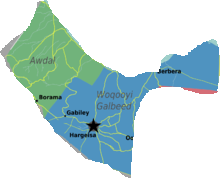
Minister Shirwa’ intimated that those regions could not be put on the same par with ‘Hargeisa having over a million inhabitants’. He did not need to mention that Awdal and Gabiley were also high on his estimation of priorities despite the fact that combined Sanaag region – alone – could swallow them all.
What nobody asked was how he could reconcile the fact that Somaliland held the production sectors, including livestock, agriculture, and fisheries a priority and the fact that the three most-endowed, under-developed, less-exploited regions were shoved back to the bottom of the allocations table.
And, yet, the minister enumerated the many woes which, presently, the country was grappling with. He disclosed that, according to ministry statistical figures, 50% – or less – of Somaliland children had no access to either education or health, that 70% of its population was under 30 years and that 70% out of this number remained unemployed. He also said this happened on a background drop of less than $600 per capita income (per year), poor export and poorer, foreign income revenue earning and a rampant skill shortage – a combination of which painted a bleak, very gloomy picture of a nation already hampered by international political obduracy, frequent clan clashes, prevalent corruption, and a leadership characterized by nepotism, low skill rate and blind loyalty to whoever is on the helm – regardless.






















